Pandora, the world’s largest jewelry brand, has taken a bold step forward in its sustainability journey by announcing an ambitious update to its environmental strategy. Central to this plan is a commitment to increase its use of recycled silver to 70% of total silver sourcing. This move underscores the company’s dedication to reducing its environmental footprint while maintaining the high-quality craftsmanship it is known for.
The decision to ramp up recycled silver usage is not just a symbolic gesture—it’s a calculated effort to address the significant environmental impact of mining. Traditional silver mining is resource-intensive, often leading to deforestation, water pollution, and high carbon emissions. By shifting toward recycled materials, Pandora aims to cut down on these harmful effects while promoting a circular economy where precious metals are reused rather than discarded.
Why recycled silver? The answer lies in both environmental and ethical considerations. Recycled silver requires far less energy to process compared to newly mined silver, resulting in a substantially lower carbon footprint. Additionally, it reduces the demand for mining, which has been linked to labor abuses and ecological destruction in some regions. Pandora’s shift aligns with growing consumer demand for ethically sourced and sustainable products, particularly among younger generations who prioritize eco-conscious brands.
The company’s transition to 70% recycled silver didn’t happen overnight. It has been a gradual process, supported by investments in supply chain transparency and partnerships with certified recyclers. Pandora has also worked to ensure that the quality of its jewelry remains uncompromised, proving that sustainability and luxury can coexist. This milestone is part of a broader goal to become carbon neutral by 2025, a target that includes reducing emissions across production, transportation, and retail operations.
Industry-wide implications Pandora’s commitment could set a new standard for the jewelry sector, which has historically lagged behind other industries in adopting sustainable practices. As a market leader, Pandora’s actions may pressure competitors to follow suit, accelerating the shift toward recycled materials industry-wide. Experts suggest that if other major brands adopt similar policies, the demand for mined silver could decrease significantly, leading to broader environmental benefits.
However, challenges remain. Scaling up recycled silver sourcing requires a robust and reliable supply chain, which can be difficult to establish given the current limitations in recycling infrastructure. Pandora has acknowledged these hurdles but remains confident that innovation and collaboration with suppliers will help overcome them. The company has also emphasized the importance of consumer education, encouraging buyers to recycle old jewelry rather than letting it sit unused in drawers.
Beyond silver, Pandora’s sustainability strategy includes other initiatives, such as using responsibly sourced gemstones and reducing packaging waste. Yet, the focus on recycled silver is particularly noteworthy because of its potential ripple effect. Silver is one of the most widely used materials in jewelry, and increasing its recycled content could have a measurable impact on the industry’s overall sustainability.
Pandora’s announcement has been met with praise from environmental groups, though some advocates argue that even more aggressive targets should be set. Critics point out that 100% recycled silver should be the ultimate goal, given the pressing need to combat climate change. In response, Pandora has stated that while it aspires to reach higher benchmarks, the current 70% target is a realistic and impactful step forward.
The company’s leadership believes that transparency will be key to maintaining consumer trust. Pandora plans to publish regular updates on its progress, allowing customers to track how much recycled silver is being used in their purchases. This level of openness is rare in the jewelry industry and could encourage other brands to adopt similar reporting practices.
As Pandora moves forward with its sustainability agenda, the message is clear: the future of jewelry must be greener. By prioritizing recycled materials, the brand is not only reducing its environmental impact but also reshaping consumer expectations. In a world where sustainability is increasingly non-negotiable, Pandora’s efforts may well inspire a new era of responsible luxury.
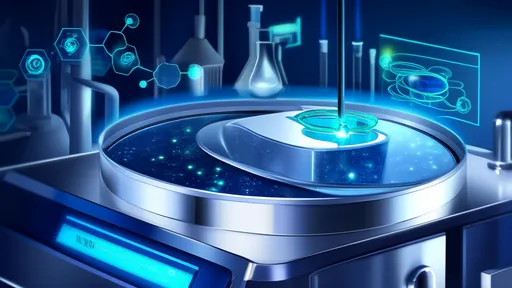
By /Jul 30, 2025
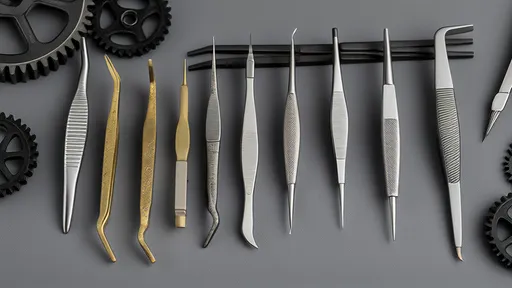
By /Jul 30, 2025
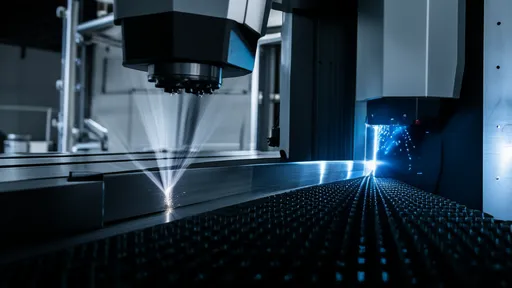
By /Jul 30, 2025
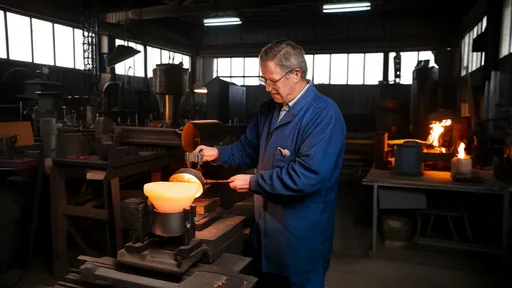
By /Jul 30, 2025
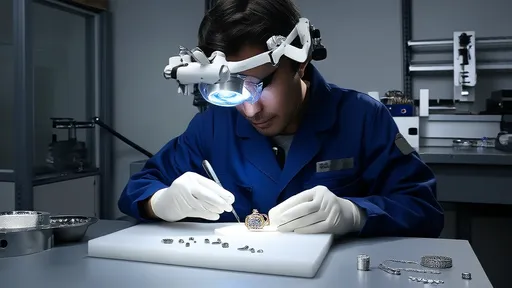
By /Jul 30, 2025

By /Jul 30, 2025
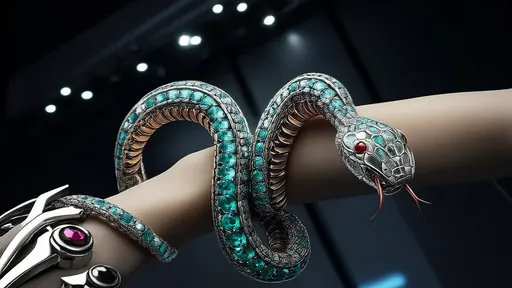
By /Jul 30, 2025

By /Jul 30, 2025

By /Jul 30, 2025
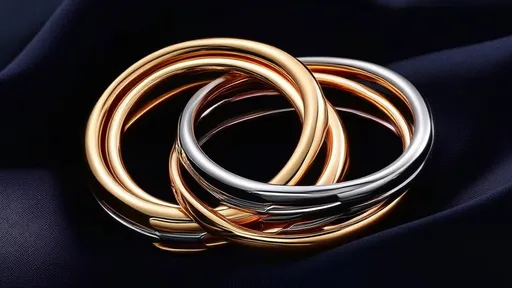
By /Jul 30, 2025
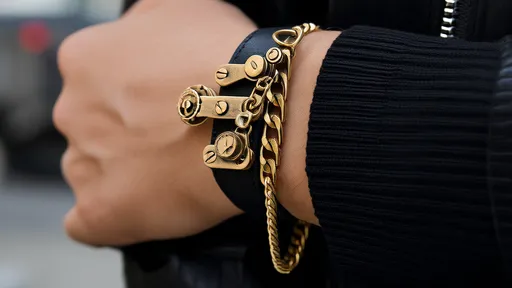
By /Jul 30, 2025
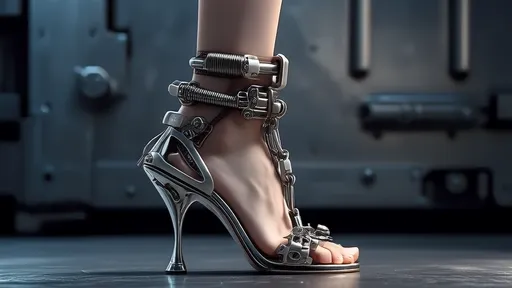
By /Jul 30, 2025

By /Jul 30, 2025
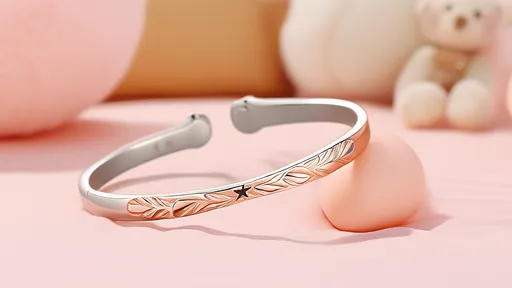
By /Jul 30, 2025
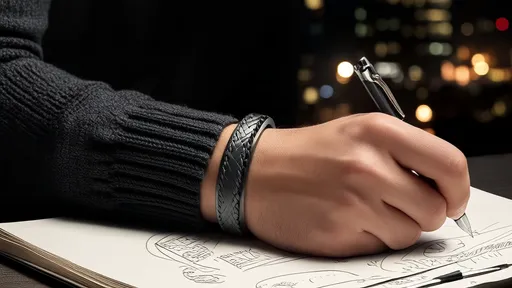
By /Jul 30, 2025
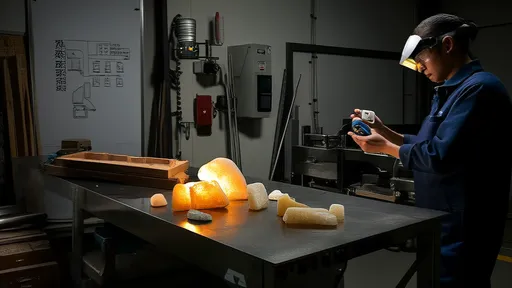
By /Jul 30, 2025
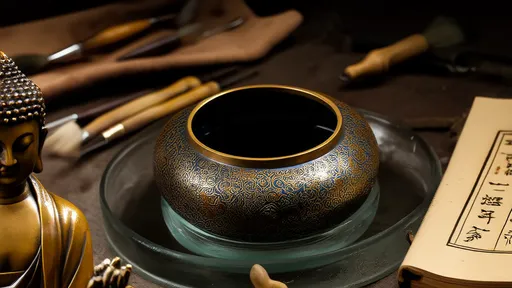
By /Jul 30, 2025
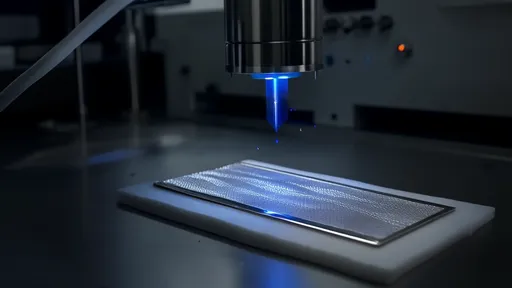
By /Jul 30, 2025
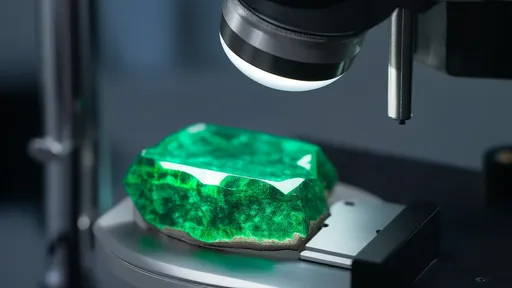
By /Jul 30, 2025
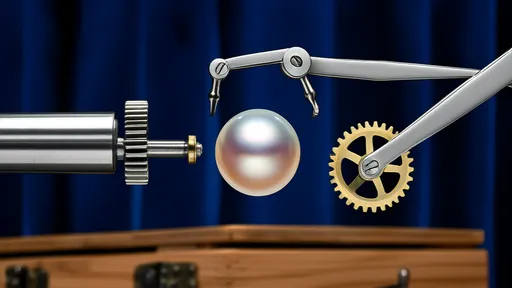
By /Jul 30, 2025